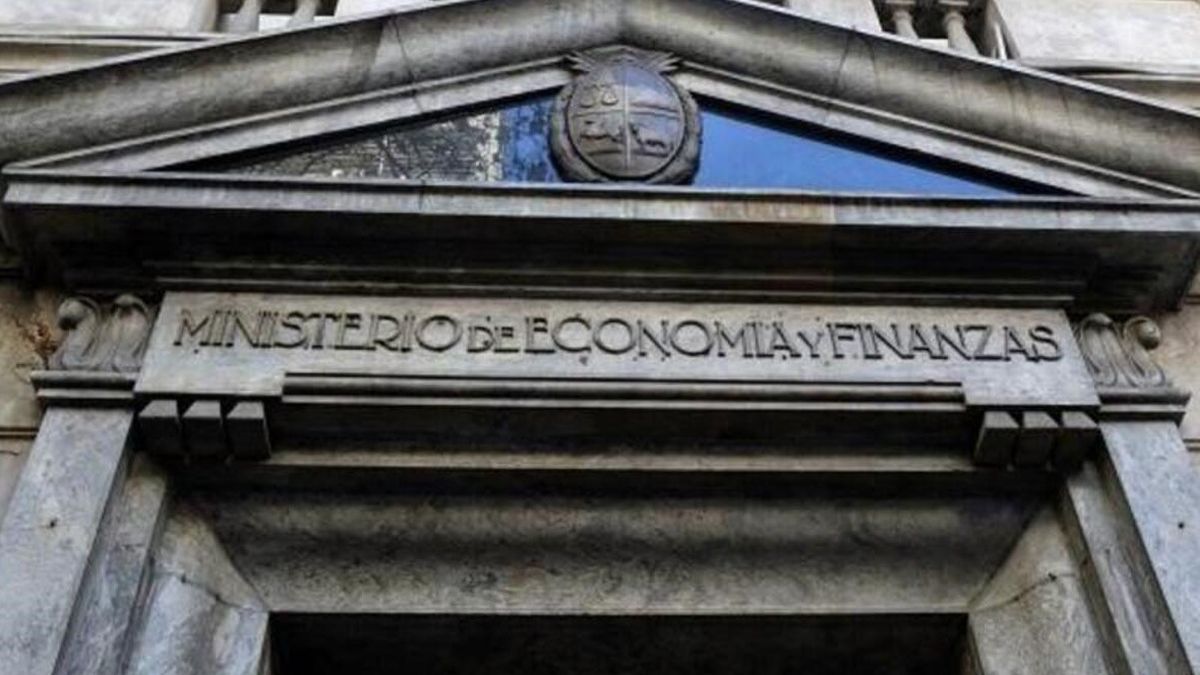He fiscal deficit in Uruguay remained stable in the 12 months ended April with respect to the previous month, at a figure of 3.6% of the Gross Domestic Product (GDP)as reported by Ministry of Economy and Finance (MEF).
The end of May also brought the results of the public sector that the MEF publishes every month, with its eyes on the deficit, an element of vital importance for the economic management of the government of Luis Lacalle Pouwhich is also closely watched by the International Monetary Fund (IMF) and different rating agencies.
In this sense, the moving year in April showed no changes compared to March, when it had a slight rise of 0.3%, so the fiscal result of the Central Government and the Social Welfare Bank (GC – BPS) remained at 3.6%. If income from the Social Security Trust (FSS) —which was 0.1% of GDP—, the adjusted result is -3.7%.
The MEF statement highlights that the fiscal deficit has been falling since its peak in 2020 when it stood at 5.9% of GDP, and expectations suggest that it will continue to do so until 2024 —expectations point to 2.8%. Yet it lies growing since last septemberafter touching the minimum of 2.6% in the current government.
How were the results of the public accounts?
According to data published by the MEF, the GC-BPS income was 25.7% of GDP, also remaining stable with respect to the twelve months ended March. The primary dischargesfor their part, were 27% of GDP, although if we do not consider the advance payment of liabilities, remunerations and transfers (BPS) made in March —due to the holiday for the Tourism Week—, these fell by 0.1% of GDP in April.
This reduction is mainly due to a fall in the item Non-Personal Expenses. Net expenses attributed to the COVID-19 Solidarity Fund were estimated at 0.3% of GDP, remaining stable compared to the previous month. The GC-BPS interest payment did not change either, standing at 2.3% of GDP.
The result of the Public Companies (EEPP), for its part, stood at 0.2% of GDP. In this way, the result of the Non-monetary Public Sector (SPNM) it stood at -2.9% of GDP in the 12 months ending in April. Excluding FSS income, the fiscal result of this sector was -3.1% of GDP.
Also, the overall result of the Central Bank of Uruguay (BCU) it was located at -0.5% of GDP.
Finally, the result of the Global Public Sector (GPS) was -3.5% of GDP which, adjusted for the FSS effect, stood at -3.6% of GDP.
Source: Ambito




